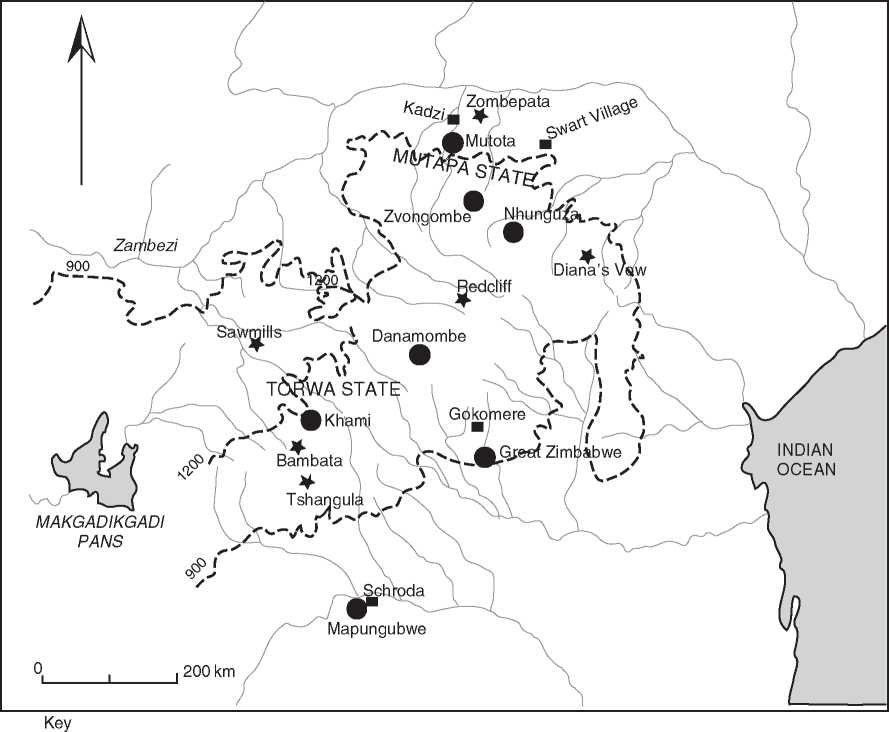Stone tools attributed to the Oldowan, Acheulian, and post-Acheulian traditions represent evidence of hominid/hominoid hunter-forager activity in southern Africa. Homo sapiens or early modern humans populated this region from the Middle Pleistocene up to about 40 000 years ago. They are associated with the development of abstract forms of human behavior such as the use of ochre, ostrich egg shell containers, and distinctive stone tool technologies. Tool assemblages representative of the Bambata (Stillbay) tradition have prepared cores, rare crescents, bifacial and unifacial points, denticulates, and multifaceted striking platforms. Related traditions include Tshangula and Zombepata in the western and northern parts of the plateau. Similar developments occur in the adjacent Zambezi valley, in the Batoka gorge and the Gwembe Valley.
The emergence of modern humans 40 000 years ago witnessed a change toward advanced stoneworking techniques, evidenced by microlithic technologies. Such tools robustly assisted humans to cope with increasingly colder climatic conditions culminating with the Last Glacial Maximum around 18 000 years ago. Also, they were adapted to the complex hunting and gathering practices that developed since then.

Middle/late stone age sites
First millennium CE agro-pastoral sites
State capitals
Figure 1 Map of the Zimbabwe plateau showing archaeological sites associated with important cultural developments from the Middle Pleistocene.
An important development during the terminal Pleistocene and continuing into the Holocene relates to hunter-forager artistic and ritual traditions. These are paintings and engravings, found in caves, rock shelters, and open spaces. This ‘art’ is a product of shamanistic rituals and ceremonies connected with healing and rainmaking (Figure 2). Some of this art played a role in instructive teachings during certain ceremonies such as initiation, while other art may have expressed the local cosmological world of myths and symbolism. Some depict intergroup rivalries or conflicts. A majority of the art was authored by San hunter-gatherers, and depicts paintings dominated by the eland, an animal important to their ritual life. Other painting traditions are attributed to herder Khoekhoen and Bantu agro-pastoralists, and these continue into recent historical periods.




 World History
World History









